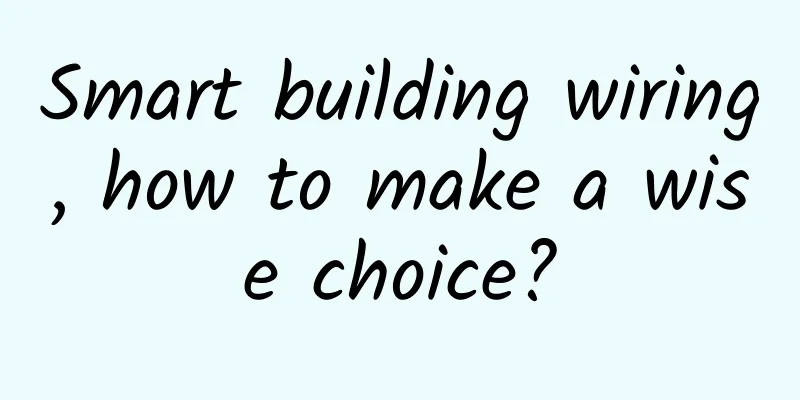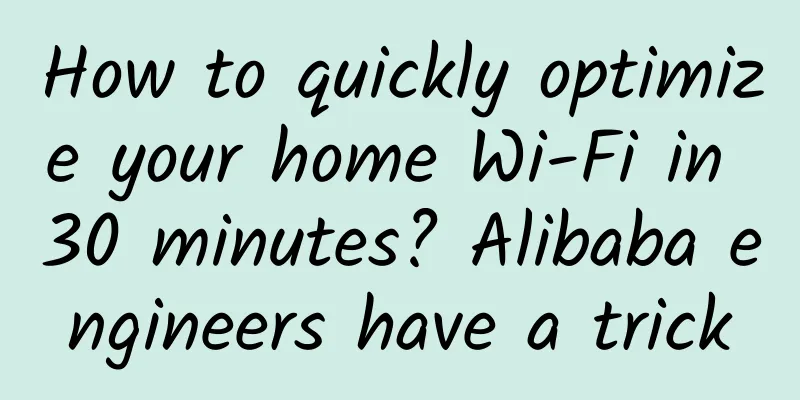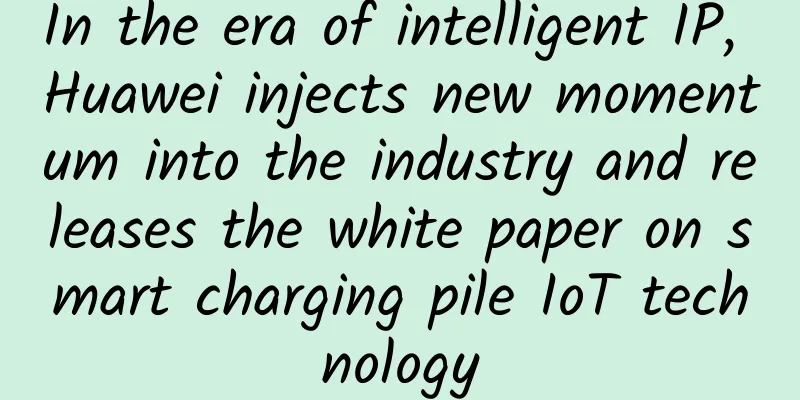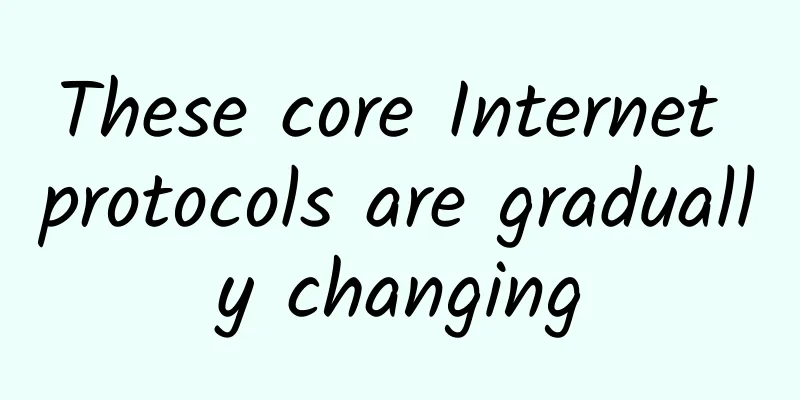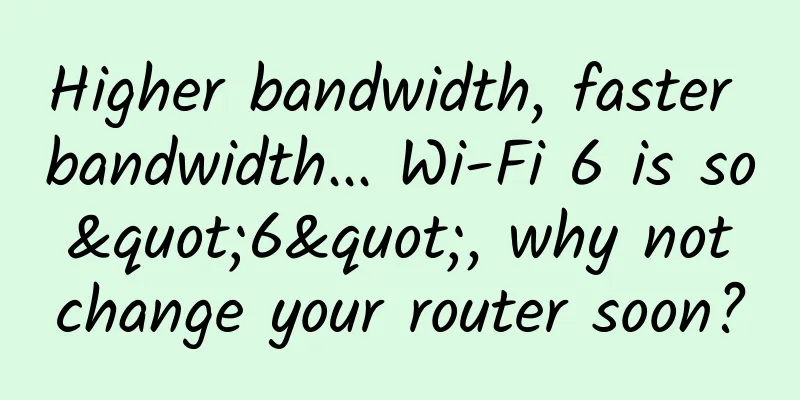No need for WiFi, can you surf the Internet with light? China releases the first visible light communication chip
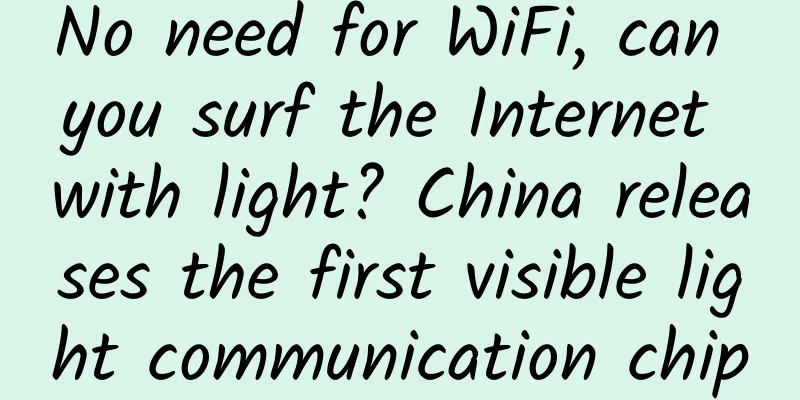
|
No need for WiFi, can you surf the Internet with light? China releases the first visible light communication chip. I believe everyone has a problem in daily life, that is, the WiFi signal is sometimes available, and sometimes it is disconnected, and the game is suddenly disconnected. As we all know, traditional WiFi is wirelessly transmitted through electromagnetic waves. This transmission is very unstable and has poor wall penetration. However, a good news has come recently, that is, in the future, as long as there is "light", you can surf the Internet and no longer need to be bound by WiFi. In fact, "visible light communication" was proposed a few years ago, but it has always been suffering from the lack of chip support. However, at the first Smart Expo, Chinese researchers released the world's first commercial-grade ultra-wideband visible light communication dedicated chipset, which supports data transmission at the highest level of G bits per second. This technology also brings us a convenience, that is, we can access the Internet as long as there is light, because the visible light communication chip is a new type of high-speed transmission achieved by LED light. Regarding this invention, Wu Jiangxing, an academician of the Chinese Academy of Engineering, once commented that visible light communication has the characteristics of "safety, efficiency, stability and low cost". What is even more exciting is that this technology can almost achieve "zero energy consumption" communication and avoid the problem of electromagnetic signal leakage in radio communications. It can be said to kill two birds with one stone. Take the most popular 5G communication for example. Currently, 5G mobile communication can provide a communication rate of up to 1G, while visible light communication can provide a communication rate of 10GB. To put it bluntly, visible light communication is 10 times faster than 5G. In terms of compatibility, the visible light communication chipset is compatible with the current mainstream medium- and high-speed interface protocol standards, and can provide families with broadband information networks, VR home smart services, and high-speed wireless data transmission. It is reported that my country is gradually laying out visible light communications. A development zone in Chongqing has even launched a home network project with visible light communications as the core. Within two years after the completion of the project, more than 30,000 households in Chongqing will be able to experience the "black technology" of visible light communications. In addition, Academician Wu Jiangxing also revealed that once the visible light communication chipset is mass-produced, it will reverse the stagnation of the visible light communication industry. Not only that, visible light communication will also achieve a breakthrough in the "last 10 meters" indoors and create new smart home services based on VR technology. |
<<: 5G is not about mobile phones, but about the Internet of Things.
>>: 5G message white paper is about to be released, and traditional SMS will usher in a major change
Recommend
The End of 2G and 3G Networks: The Transition to 4G and Beyond
As technology evolves and big data becomes more p...
A magical little tool that turns URL addresses into "ooooooooo"
I found a very creative gadget website. As shown ...
New Track and New Technology|Xinglan Technology was invited to participate in the "2022 API Security Innovation Salon Beijing"
On the morning of April 15, the "2022 API Se...
How to avoid JS memory leaks?
[[416172]] Many developers may not care about whe...
What is cloud network?
The future of cloud is bright. By 2024, more than...
The three major operators secretly cut 5G prices. Users: The private 9-yuan package is still more attractive
According to customer service, the 5G network tra...
Chinese Academy of Engineering Academician: 5G will consume 2.1% of national electricity consumption in 2026
On the afternoon of September 1st, at the "5...
Bricklayer Los Angeles CN2 GIA (DC6)/Japan Softbank special price $46.6/year
[Restocked again on 10.15] Bandwagonhost has launc...
China's IPv6 highway has been fully completed, and the number of active users has reached 551 million
At present, the world is experiencing a profound ...
Huawei Enjoy 10S released with a 48-megapixel ultra-wide-angle AI triple camera priced at RMB 1,000. Are you tempted?
This afternoon, Huawei released a thousand-yuan m...
Can 5G enable remote surgery?
In the early days of 5G, we often saw various hig...
[Black Friday] Friendhosting 45% off on all VDS hosts, 40% off on virtual hosts, 10% off on renewals for old users + free time
Friendhosting has launched this year's Black ...
The computing power network has its own calculations
In recent years, the wave of digitalization has c...
High cost-effectiveness and high performance at your will! Huawei Cloud's best-selling server evolves again
[Original article from 51CTO.com] The global econ...
Interviewer: What are the underlying data types of Redis? Why is Redis so fast? Why did Redis introduce multithreading? What is the implementation mechanism of Redis multithreading?
Interview question overview: What are the underly...
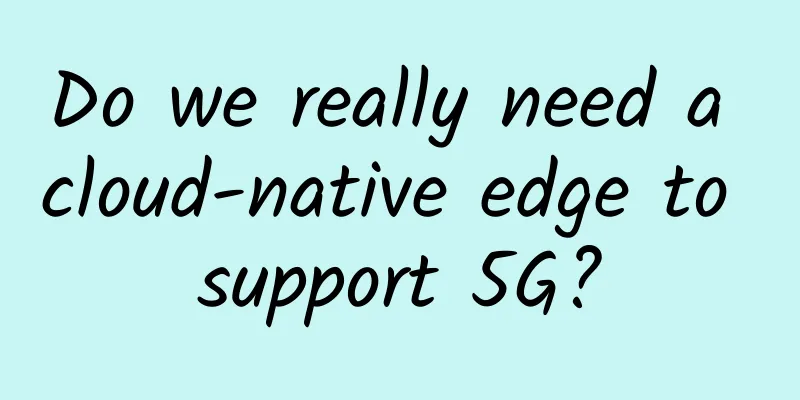
![[Double Holiday] edgeNAT: VPS monthly payment 30% off, annual payment 40% off, US/Hong Kong/Korea CN2 VPS monthly payment starts from 42 yuan](/upload/images/67cabc93e4f35.webp)
